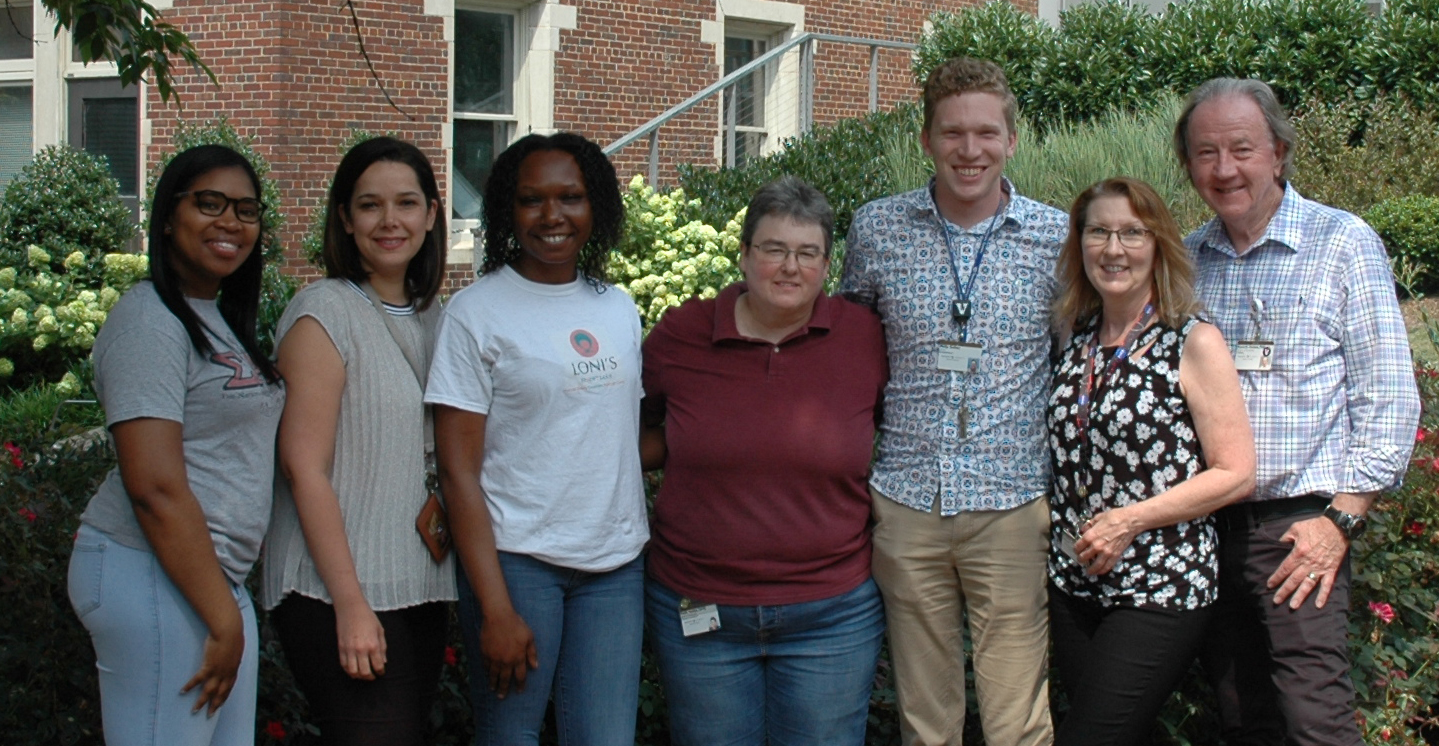
Using in vitro and in vivo modeling, our laboratories are focused on understanding the influence of developmental and adult environmental exposures that lead to reproductive disease and dysfunction such as endometriosis and premature birth*. Coupling traditional in vitro and in vivo models with innovative new technology we strive to understand the pathophysiology of developmental and toxicant exposures on the reproductive system across multiple generations in order to decrease the burden of reproductive dysregulation. Our goal is to identify nutritional, and pharmacologic agents which may reduce or eliminate reproductive impairments and promote both the general and reproductive capacity of offspring.
* Endometriosis is a chronic reproductive disease that can result in fatigue, immense pain, bleeding, and even infertility. Endometriosis occurs with the cells that line the inside of the uterus (endometrium) are shed into the pelvis and attach to other organs, such as the ovaries, bladder, and bowel. Endometriosis is the second most common reason women choose to have a hysterectomy. Preterm birth is defined when babies are born alive before 37 weeks of gestation. According to the World Health Organization, every year an estimated 15 million babies are born preterm and complications from these preterm births are the leading cause of death among children under 5 years of age, responsible for nearly 1 million deaths in 2013.